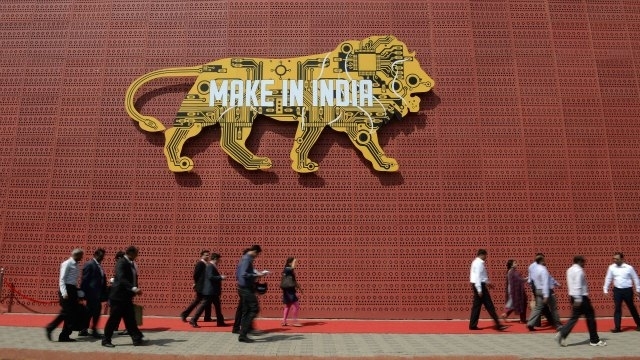Fall of 5.3 percent in the growth of IT sector in India: Research
India’s $155-billion IT industry will slow down sharply in 2017, predicts a research organisation that made an accurate prediction about last year’s slump in the business.
US-based DeepDive/Everest Group IT Services Forecaster has forecast a 6.3 per cent growth in constant currency for the top five Indian IT companies for the 2017 calendar year, a 2.4 percentage points drop from the 8.7 per cent growth in 2016. 
For the sector as a whole – including large, medium and small IT firms but excluding MNC captive centres – the growth in 2017 is expected to be a mere 5.3 per cent. That’s a steep drop from the 8-10 per cent that the industry is expected to do, as per IT industry body Nasscom, in the 2016-17 fiscal year (Nasscom estimates include the contribution of MNC captive operations).
The pessimistic estimates are a reflection partly of the widespread impact that digital disruption is having on the sector and political factors like US protectionism and Brexit. The shifts to cloud and automation are forcing IT services companies to rework their model that depended on building custom software using masses of engineers.
Nasscom, which should have put out its 2017-18 forecast in February, had postponed it saying the environment is too volatile to make a prediction and indicated it may do it later in the year.
If the forecast proves correct, this will be the second successive year of a sharp drop in the growth rates of India’s biggest export industry. In 2015, the top five firms grew at 12.3 per cent. The following year, the growth fell to 8.7 per cent. This year, it is estimated to go down to 6.3 per cent.
The forecasters indicated they have done a better job of predicting Indian IT sector growth rates in recent times than Nasscom. A year-ago DeepDive/ Everest Group had forecast 9.1 per cent revenue growth (in organic constant currency) for the top five Indian services firms in calendar year 2016.
The report has made the estimates based on tracking outsourcing contract signings data, using Everest’s pricing intelligence, researching outsourcing buyers’ behaviour, studying the revenue impacts of secular shifts such as cloud/digital/automation, and quantifying the relative impacts of structural versus cyclical impacts on growth. The report has factored in the cyclical impacts in verticals such as BFSI (banking, financial services, insurance), healthcare, retail and energy; secular trends indigital business progress, pricing, revenue compression on existing deals, and share shifts at existing clients; as also political trends such as Brexit and US protectionism.
The report said worse-than-forecasted impacts from Trump-induced protectionism and revenue compression on existing deals could impair the base forecast (for the top five) by 1.8 percentage points to 4.5 per cent. On the other hand, a better-than-forecasted discretionary spending could add 1.1 percentage points, taking it to 7.4 per cent.